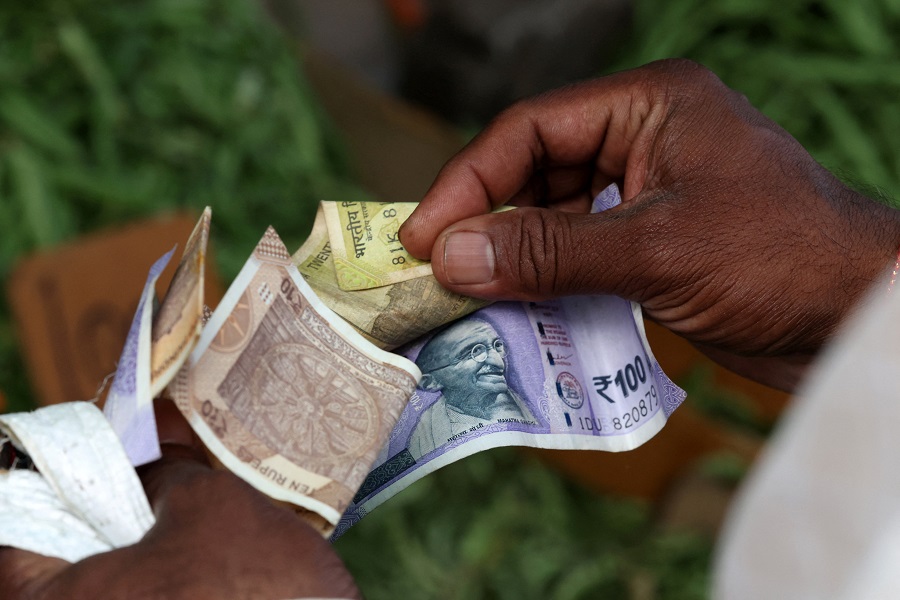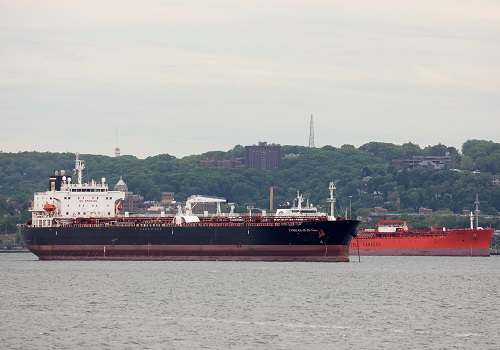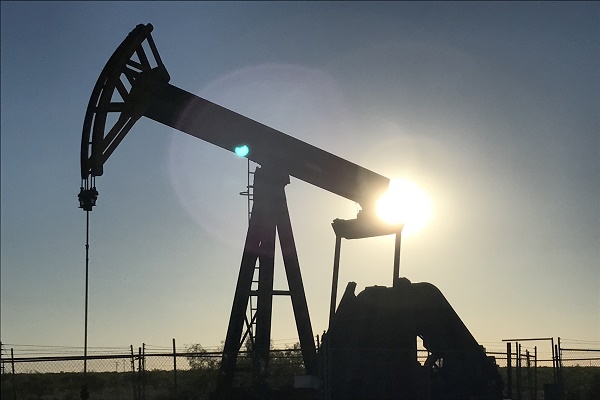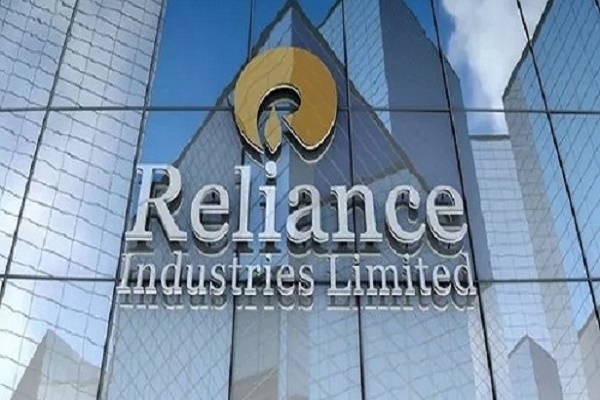Oil and Gas Sector Update : Oil spike positive for upstream; and a blessing for OMCs? by Kotak Institutional Equities

Oil spike positive for upstream; and a blessing for OMCs?
As the Iran-Israel conflict rages on, oil prices are up 21-25% since end-May. Concerns are rising if the Strait of Hormuz (SOH) gets impacted. SOH is too critical to be disrupted for long, as it accounts for 20%/27% of global LNG/oil trade. Short-term disruptions can lead to further price spikes. Unless the conflict worsens (and impacts the wider ME region), we do not see much impact on demand or supplies. Oil prices would likely trace back if the conflict ends soon. For India, higher oil/gas prices are negative. But for upstream PSUs, these are positive. For OMCs, while higher oil prices are negative, retail price cuts are now on the back-burner. Thus, the spike is likely a blessing in disguise.
As Iran-Israel conflict intensifies, worries rise about Strait of Hormuz flows
As the conflict between Iran and Israel intensifies and enters the second week, concerns are rising. There is a risk that more countries could get involved. Also, there are worries that Iran could disrupt/close SOH (Reuters: Iran’s option include closing Strait of Hormuz). With ~20 mb/d of oil and 83-84 mt/year of LNG, SOH accounts for 27%/20% of global oil/LNG trade. It is unlikely that SOH will be impacted for long. Any short-term impact can lead to a further spike in oil prices.
Price spike driven by geopolitics; oil markets in surplus
In our view, the recent oil price spike is primarily driven by market worries about the Iran-Israel conflict. While risks have increased on shipping in SOH, so far there is no impact on supplies. Prior to the conflict, oil markets were well-supplied. Rather, OPEC+’s planned reversal of voluntary cuts was an overhang.
In our view, due to the conflict, some of Iranian oil production is impacted (current production ~3.5 mb/d, exports ~1.7 mb/d); there is significant OPEC+ spare capacity of ~6 mb/d. Also, at higher than US$70/bbl, the US could see further increases in production. We do not expect oil prices to remain elevated for long and maintain our oil price assumption of US$70/bbl for FY2026/27E and LT.
Higher oil a positive for upstream; likely a blessing for OMCs as well
With windfall taxes scrapped and the likelihood of these coming back low (after ORD Act amendment), higher oil prices are positive for upstream. The benefit is higher for ONGC, as it also gets higher gas prices for NWG (~20% of production, priced at 12% slope to oil prices). ONGC (BUY, FV Rs285) is our top pick.
With prices of retail fuels (83-85% of volumes) frozen, OMCs are an inverse oil play. With oil prices declining (average US$67/63/bbl in April/May), OMCs’ marketing margins were very high. There was an expectation of retail price cuts (Oil Minister: OMCs have headroom to cut retail prices). With geopolitical worries rising, retail price cuts are unlikely soon. If retail prices were cut, a reversal would have been difficult. But if the conflict eases soon, margins may further rise. While OMCs’ near-term earnings will remain strong (despite the oil price spike), our key concerns remain on the lack of pricing power and large capex. We have a SELL rating on IOC, BPCL and HPCL.
Above views are of the author and not of the website kindly read disclaimer



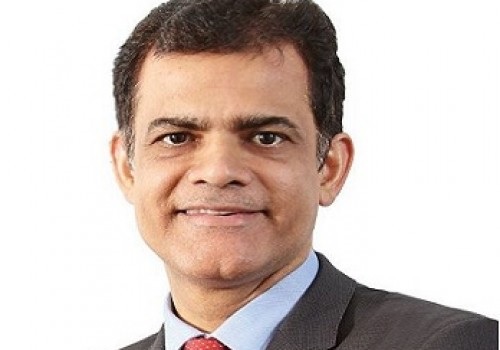






More News

Top Conviction Ideas: Pharmaceutical & Hospitals by Axis Securities Ltd








